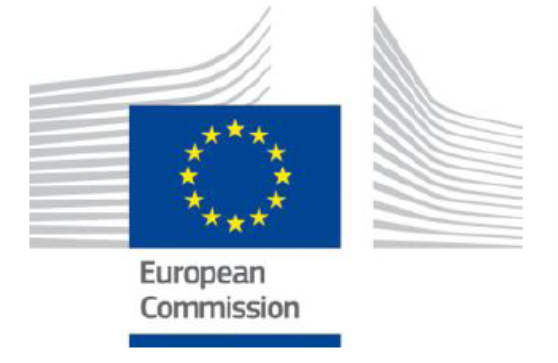European GDP, 1st Quarter 2024: An initial estimate published by Eurostat shows GDP growth of +0.3% for both the EU and the sub-set of the Euro-zone. For the latter, this means that the recession (two or more successive quarters of negative GDP) that was recorded over the 3rd and 4th quarters of 2023 has ended.
Compared to a year earlier, the EU economy has grown by +0.5% and the Euro-zone by +0.4%.
We only have a limited range of country data at this stage but of the 13 countries whose Q1-24 data is available, only Sweden saw a contraction in GDP. This does, however, extend their recession to 4 quarters. Encouragingly, the German economy grew by +0.2% and, although this did not outweigh the -0.5% decline in the 4th quarter of 2023, it is a moves in the right direction for the leading economy in Europe. France (+0.2%), Italy (+0.3%) and Spain (+0.7%) also all recorded quarter-on-quarter growth in this initial data release.
You can get the Eurostat figures from their website at https://ec.europa.eu/eurostat/web/main/news/euro-indicators (30 April) or request it from MTA.
—————————————-
European Commission Economic Sentiment Indicator, April 2024: The European Commission (EC) draws from a range of surveys to construct confidence indicators for five sectors of the economy and then uses these to calculate up its Economic Sentiment Indicator (ESI) which is converted to an index based on the long-run average.
The April* report shows the ESI eased down in both the EU and, to a slightly larger extent, the Euro-zone, with both readings still below the respective long-run average. In the EU, this move was the result of slightly lower confidence in the industry and services sectors with the measures for the retail trade, consumers and construction sectors broadly stable.
The small fall in confidence for Industry came because the respondent’s assessment of the current level of overall order books fell sharply while their expectations for output in the coming three months and the views on the stocks of finished products were broadly stable.
Two other questions are reported but not used in the calculation of confidence in the industry sector and both the assessment of production levels over the past 3 months and export order books were reported to have deteriorated markedly.
Among the larger EU economies, the overall ESI fell very sharply in France and to a lesser but still significant extent in Italy; it was broadly unchanged in the Netherlands and increased strongly in Spain and, to a lesser but still important extent in Germany and Poland.
As mentioned above, the ESI is calculated against the long-run average, so we can look at the position of the individual countries against their own historical situation which is the best way to compare between countries. In the April* survey, only 8 countries have an ESI above 100 – Bulgaria, Croatia, Cyprus, Greece, Poland, Portugal, Romania and Spain; France, and Italy have dropped out of this list thanks to declines in their ESI reading, as has Slovakia although their March* reading was exactly 100. The EU candidate countries also participate in this survey and Albania, Montenegro and Serbia also have an ESI reading above their long-run average.
As a quarterly survey, this also brings with us new readings for capacity utilisation (CU). For the EU and the Euro-zone this slipped to the lowest level since the Q4-20* survey which was the first period of recovery from the initial impact of the Covid pandemic. It is also below the respective long-run averages for these two areas. This is the best way of comparing between countries which often have different “natural” levels of utilisation for a variety of reasons; among the major EU economies, Germany and France, where CU fell in the latest data, are below their long run-average while Italy and Spain which saw an improvement in this survey are above their long-run levels.
* Note that although dated April, with the data collection period running from 1st to 22nd of that month, the trends really refer to March and the 3-month periods ending and following this month. Similarly, the quarterly data, which is labelled as “Q2-24” really refers to the position at the end of Q1-24.
You can download the EC report and statistical annex from their web-site at https://economy-finance.ec.europa.eu/economic-forecast-and-surveys/business-and-consumer-surveys/download-business-and-consumer-survey-data/press-releases_en (open the 2024 box) or you can request it from MTA.
—————————————-
European Commission Investment Survey, Spring 2024: Twice a year, alongside the ESI survey reported above, the EC conducts an investment survey. This is based on asking companies about the direction of change (up, same or down) in investment and this survey covers the outcome for 2023 and the outlook for 2024, with the balance (the percentage of “up” responses minus the “down” percentage) being reported.
The latest results show that more EU manufacturing managers’ report increasing their investments in 2023 (net balance of +26%) than in the survey conducted in October/November 2023 (+10%). For 2024, the balance of views predicting an increase in investments compared to 2023 stood at +10%, which is broadly unchanged compared to the assessments reported in the October/November 2023 survey (+11%).
The data and notes from the EC are part of the ESI report noted above – use that link to access the tables, although we can provide a series of charts that summarise the results if you prefer.

